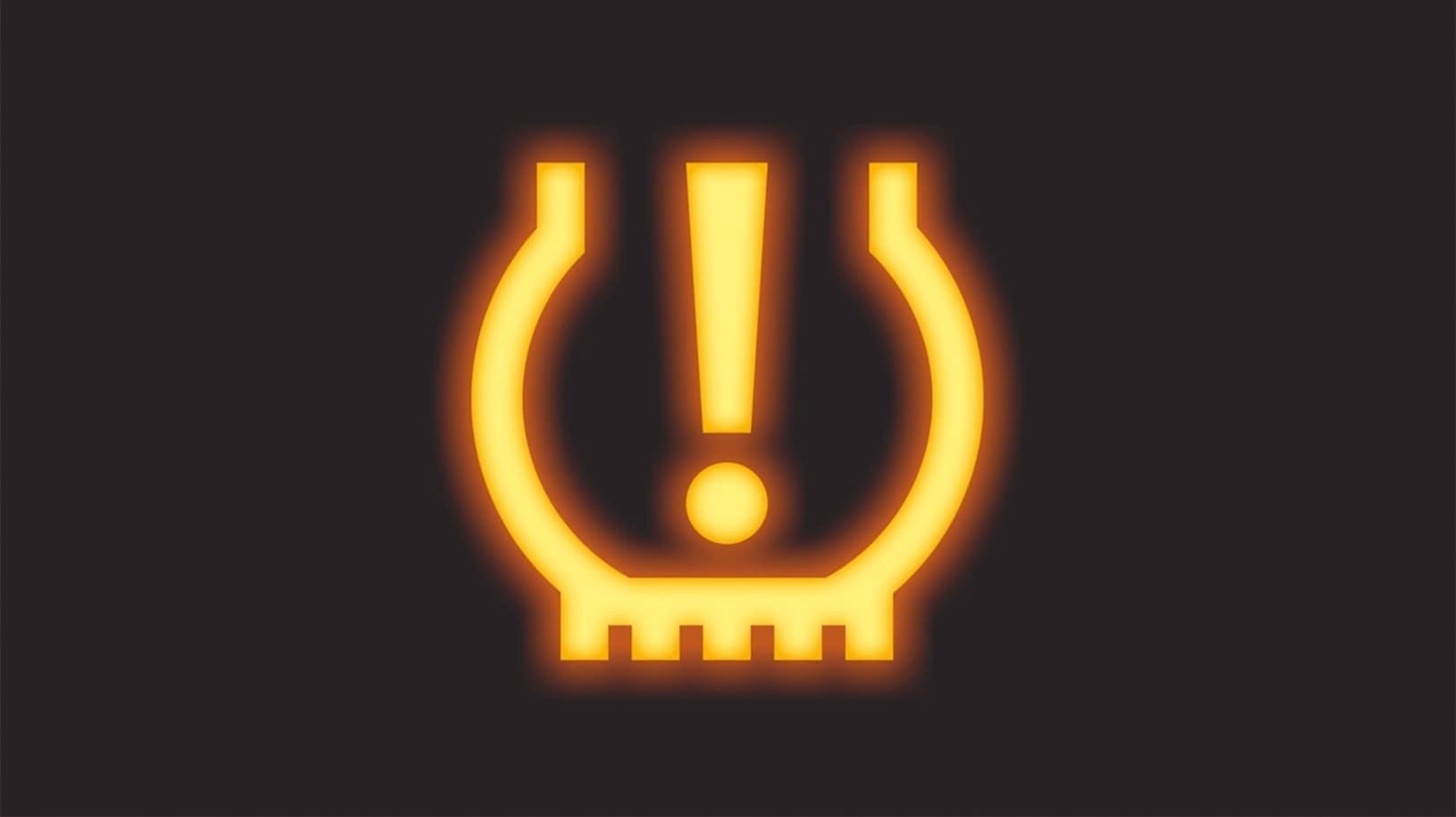Regular tire rotations can significantly extend the life of your Subaru tires
Good tires aren't cheap, and replacing them every few years can get expensive fast. But there are quite a few ways to extend the life of your four Subaru tires, and scheduled rotations is one of the most important. Read FAQ and tips on this page to learn more about how you can get more out of your tires.
Subaru factory recommendations suggest swapping your tires every 7,500 miles--but this is just an estimate based on average driving style and needs. If you tend to be heavy on the gas pedal and the brake, you frequently load down your Subaru with equipment and gear, or you're often driving on bad roads, your local technician may recommend a stricter Subaru tire rotation schedule in Norwalk to better maintain an even wear across all four tires.
People used to believe that AWD cars didn't need tire rotations because all four wheels had equal power; but cars with all-wheel drive, because of their reliance on all four wheels, are particularly sensitive to differences in tire size--and yes, even different wear depths on front tires vs back can make a difference in wet or slippery conditions.
There are a few different tire rotation patterns for Subaru cars that we've seen over the years. 4WD vehicles typically use a "criss-cross" method when they rotate tires, so each tire sees a different corner of the vehicle throughout its life. But for an all-wheel-drive Subaru with same-size directional tires, we only need to swap the tires from front axle to rear to optimize tire wear and extend the life of the tires.
Remember, though: rotating your tires, even perfectly on time, won't help much if tire wear is being caused by other issues, like over/under-inflation, a mechanical problem, a bad alignment, or worn parts. That's why it's important to regularly-schedule your Norwalk tire rotations with the professionals who know your Subaru best.
Covering all four corners of safety with four core technologies
The original equipment tires installed on each Subaru model were selected to perform optimally with each of these four core technologies. The "footprint" of each tire is a critical performance point that helps keep your Subaru safe and operating as designed.

Proper tire maintenance:
Frequently Asked Questions
How often should I check my tires?
Taking a look at your tires each time you're about to drive your Subaru is always a good idea - a quick walk-around can help you identify potential issues long before they become problems.
Checking the air pressure of your tires is something that you should do at least once a month (a label indicating the appropriate tire pressure for your vehicle is located on the driver's side door jam). Your Subaru Dealer will also check your tires each time you bring your vehicle in for service.
How often should my tires be rotated,
and why?
Your tires should be rotated about every 7,500 miles to help ensure even wear and maximize tread life and performance. Your Subaru Dealer can help schedule and perform this service for you. For more information, please refer to your Subaru Owner's Manual.
When should my tires be replaced?
Tires should be replaced once they reach 2/32" of tread depth. In fact, it is illegal in all 50 states to drive with tires that are below this level. To ensure optimal safety and handling in climates with heavy precipitation, experts recommend replacing tires before they reach 2/32" of tread depth. For more information, please refer to your Subaru Owner's Manual.
We all know that tires wear. There are certain things you, as an owner, can do to help minimize this wear.
Keep your tires properly inflated. This is perhaps the single most important thing you can do. Information on correct tire inflation pressure is provided in your owner's manual and on a placard on the driver's door pillar. How often you check your tire inflation is up to you. As a rule of thumb, tires should be checked every time you fill your car with gas. Remember that tires should be checked when cold since tire pressure will increase as the tires warm up.
Rotate your tires regularly. SUBARU recommends tires should be rotated every 7,500 miles. These are recommended intervals only. Your actual driving conditions may warrant more frequent rotation. Factors such as road surfaces, driving techniques/habits, vehicle loading, and weather, to name just a few, can all have an effect on tire wear.
Tire Replacement. The wheels and tires are important and integral parts of your vehicle's design; they cannot be changed arbitrarily. The tires fitted as standard equipment are optimally matched to the characteristics of the vehicle and were selected to give the best possible combination of running performance, ride comfort, and service life. It is essential for every tire to have a size and construction as well as a speed symbol and load index matching those shown on the tire placard. Using tires of a non-specified size detracts from controllability, ride comfort, braking performance and speedometer and odometer accuracy. It also creates incorrect body-to-tire clearances and inappropriately changes the vehicle's ground clearance. All four tires must be the same in terms of manufacturer, brand (tread pattern), construction, and size. You are advised to replace the tires with new ones that are identical to those fitted as standard equipment.
For safe vehicle operation, SUBARU recommends replacing all four tires at the same time. WARNING: All four tires must be the same in terms of manufacturer, brand (tread pattern), construction, degree of wear, speed symbol, load index and size. Mixing tires of different types, sizes or degrees of wear can result in damage to the vehicle's power train. Use of different types or sizes of tires can also dangerously reduce controllability and braking performance and can lead to an accident. Use only radial tires. Do not use radial tires together with belted bias tires and/or bias-ply tires. Doing so can dangerously reduce controllability which can result in an accident.
The Importance of Good Tires
The area where your tires actually contact the road is very small, sometimes no bigger than the size of your hand. This makes it all the more important that they have adequate tread life and are in good condition to help ensure the safety and performance of your Subaru.
Hours
- Monday7:30AM-5:00PM
- Tuesday7:30AM-5:00PM
- Wednesday7:30AM-5:00PM
- Thursday7:30AM-5:00PM
- Friday7:30AM-5:00PM
- Saturday7:30AM-5:00PM
- SundayClosed
Amenities
Not only do we provide expert Subaru care, we are proud to offer these added benefits that make us different than the rest:
- Brand new facility
- Complimentary loaner cars with a reservation
- We only use Genuine Subaru Parts
- Protect your Subaru warranty coverage
- CT's only DealerRater Dealer of the Year
- Factory certified technicians and OEM parts
Garavel Subaru
520 Main Street
Norwalk, CT 06851
- Sales: 959-208-4221
- Service: 959-208-4221
- Parts: 959-208-4221

Choosing the right tires for where you drive.
Different climates have certain weather patterns associated with them. This means you may encounter different driving conditions throughout the year than someone with the same vehicle in a different area. Selecting the right kind of tires for the conditions you often travel in are crucial for your safety and how your Subaru handles the road.
So, how should you decide? Begin by determining your average driving conditions for the year. Is the climate warm all year long, or do you experience a combination of weather patterns with the possibility of light-to-heavy snowfall? After you analyze which climate conditions you commonly encounter, remember that seasonal extremes can occur, or you may travel to an area that has different conditions than what you're used to.
To help you make a more informed decision, here are some common classifications of tires - each with abilities suited for different climates and driving conditions. As always, we are happy to discuss tire options with you at our tire center, so you can make the best choice for your Subaru.
All-season Tires
Benefits of all-season tires.
- Engineered to perform in warm, dry and wet conditions
- Suitable in cold weather with light snowfall
- Intended for year-round use
- Longer tread life
- Many variations available
All-season tires are the most common type of tire purchased because they are designed to provide adequate traction for a variety of driving conditions - hot and dry, rainy, cold or snowy - and are ideal for moderate climates. The tread design and rubber compound work well in different driving conditions due to weather, and have longer tread life than summer-specific tires, for example.
However, since they're engineered for a combination of conditions, they are not tailored to provide the level of traction and abilities that summer/performance tires offer in warm and wet conditions, nor the grip and braking performance that winter tires have in cold, snowy or icy conditions. The good news is that tire manufacturers offer a spectrum of all-season tires - some handle certain elements better than others - so if you live in a moderate climate, we will help determine which ones are best suited for the conditions you usually drive in.
Summer/Performance Tires
Benefits of summer/performance tires.
- Improved braking, cornering and traction in warm climate conditions
- Exceptional street traction
- Enhanced performance in wet driving conditions
- High-performance versions available for speed and agility
If you live where it is regularly warm all year long, summer/performance tires are ideal for your vehicle. The tread design and rubber compound of these tires are engineered to "stick" to dry roads better than other tire types, as more surface area per tire makes contact with the road. Most summer/performance tires also offer increased traction on wet roads. Some versions are designed specifically for high-performance vehicles and are even better equipped for speed, cornering and hard braking. Depending on your model Subaru and regional climate, you may want to purchase summer/performance tires for the warmer climates and seasons, but switch over to winter tires when temperatures drop and snowfall is probable.
Winter Tires
Benefits of winter tires.
- Engineered to perform in cold temperatures, snow, ice and slush
- Soft rubber compound improves traction
- Increased stopping performance on snow/ice
- Decreases sliding during turns
You may want to start by asking someone who has driven with winter tires if they've felt more confident behind the wheel during wintery conditions. They will probably say that they have. The difference in confidence is attributed to the type of rubber compound and tread pattern of winter-specific tires. Winter tires are engineered to provide better grip in winter months than all-season tires, and especially more than summer/performance tires. But why?
The answer lies in what happens to other types of tires when the temperature falls near or below freezing. All-season tires work well in a combination of dry, wet and light-snow conditions, but, like summer/performance tires, their rubber composition hardens in cold temperatures. This makes them less effective for traction, braking and handling even if there isn't any snow on the road. Winter tires also have unique tread designs to cope with traveling over ice and snow.
What's the point of winter tires if I have all-wheel drive?
It's common to think the Symmetrical All-Wheel-Drive System of your Subaru is enough to handle what winter brings, but it becomes less effective in slippery and cold conditions without winter tires. Remember, your tires are your vehicle's only point of contact with the road. Imagine yourself running through a mix of packed snow and ice with running shoes on, versus running through the same conditions with snow boots on. Which pair of footwear is more likely to help you keep your balance or prevent you from slipping? Having the right kind of tires on your Subaru maximizes performance and, most importantly, safety.
Should I purchase winter tires?
The general guideline: If you live in a region where temperatures reach near or below freezing for extended periods of time, winter tires are ideal because their rubber compound allows them to stay pliable and deliver ample traction. If you have experienced what it's like to drive with clenched hands on the steering wheel during frequent snowfalls, winter tires may bring calmness to your grip.
Is it worth it for two sets of tires?
Additional grip and safety are worth it, especially during snowy conditions. The cost of a set of winter tires has the potential of saving you much more, by helping avoid accidents due to slick winter driving conditions. Another way to look at it: Only half the year's amount of miles you drive will be on each set. By having a designated winter (cold temperature) setup, you will increase the lifetime of your other (warm temperature) setup when it's used during the warmer months.
Couldn't I use winter tires all year long?
We do not recommend using winter tires all year long. As temperatures rise in spring through summer, the soft rubber compound of winter tires tends to wear out faster than all-season tires on warm, dry roads. In the long run, it will save you money to use your winter tires only when the season calls for them.
If you decide to purchase a set of four winter tires, our factory trained technicians can properly swap them on and off each season with proper dismounting, mounting and balancing care. We want you to stay safe in the winter months and our team is standing by to assist you with a winter tire setup that's right for your Subaru.
You can browse by brand, size and type of tire by clicking the button below.
What's a four-wheel alignment?
Simply put, a four-wheel alignment uses sophisticated lasers and sensors to determine the wheel angles of your Subaru. If the computer detects that they are out of alignment - according to specifications - our factory trained technicians make the proper adjustments to bring them back into alignment.
Having your wheels aligned - especially after having new tires installed - will help promote tire longevity. Poor road conditions and daily driving can cause misalignment over time. If you've felt vibrations or your vehicle pulling to one side, a wheel alignment may correct those concerns.
Ever notice this light before?

Tire Pressure Monitoring System (TPMS) Light
If the TPMS light comes on and stays lit while you're driving, it is warning you that low tire pressure has been detected in one or more of your tires (excluding the spare). Tire pressure can drop when the weather changes from hot to cold, but it will also decrease if you have an air leak. You can check the pressure yourself. Watch the "Tire Pressure" video above for more information.
Remember, a flashing tire light may mean there is a malfunction with the TPMS system or a damaged sensor. You can bring your Subaru to our service center if you have a concern, and we can take care of that light for you.


